Motorists driving along a potholed, aging thoroughfare are not likely to think about the infrastructure below the road, which is probably older than the roadway and maybe in even worse shape.
Officials in the Village of Blanchardville, a community of fewer than 1,000 residents southwest of Madison, had no choice but to think about what lay beneath their streets. The 40+-year-old water and wastewater systems affecting six village streets were failing. Water main breaks and wastewater system infiltrations were becoming more common.
The condition of the six roads was further deteriorating because of these water main breaks, with related repairs frequently inconveniencing residents and businesses. According to a village official, there were three or four water main breaks between December of last year and March of this year.

Cross Street 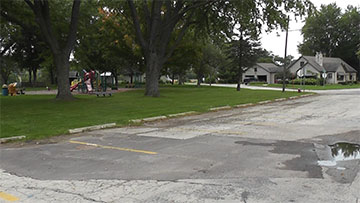
Curve Street 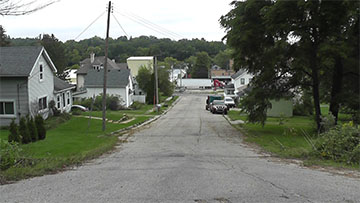
Locust Street 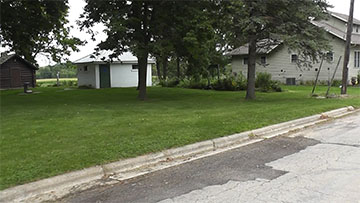
Olson Street 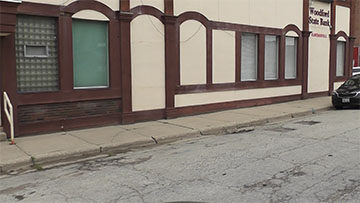
Pine Street 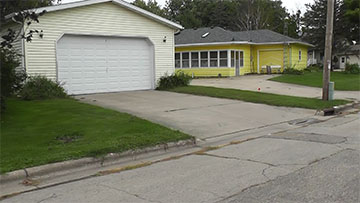
Line Street
The Village was finally able to tackle the approximately $3.4 million project this summer with the help of United States Department of Agriculture (USDA) Rural Development funds. In December of 2018, USDA awarded the Village of Blanchardville a $1,453,000 grant and $1,876,000 in low-interest-rate loans for water distribution and sanitary system improvements.
This USDA Rural Development assistance came through the Water and Waste Disposal Loan and Grant Program. This program provides funding for clean and reliable drinking water, sanitary waste disposal, and stormwater drainage systems in rural communities with 10,000 or fewer residents.
“This project provides enormous benefits to our community, better service for water and wastewater, and as a result of the improved utility infrastructure, reconstruction of deficient streets,” said Village of Blanchardville Clerk and Treasurer Amy Barnes. “Without these funds, the Village would never have been able to do a project of this size.”
According to Barnes, in the absence of additional funding, the Village would have had to prioritize equally substandard streets and utility systems. The result would have been piecemeal repairs over a decade while continuing to battle water main breaks, infiltration issues, and degrading streets.
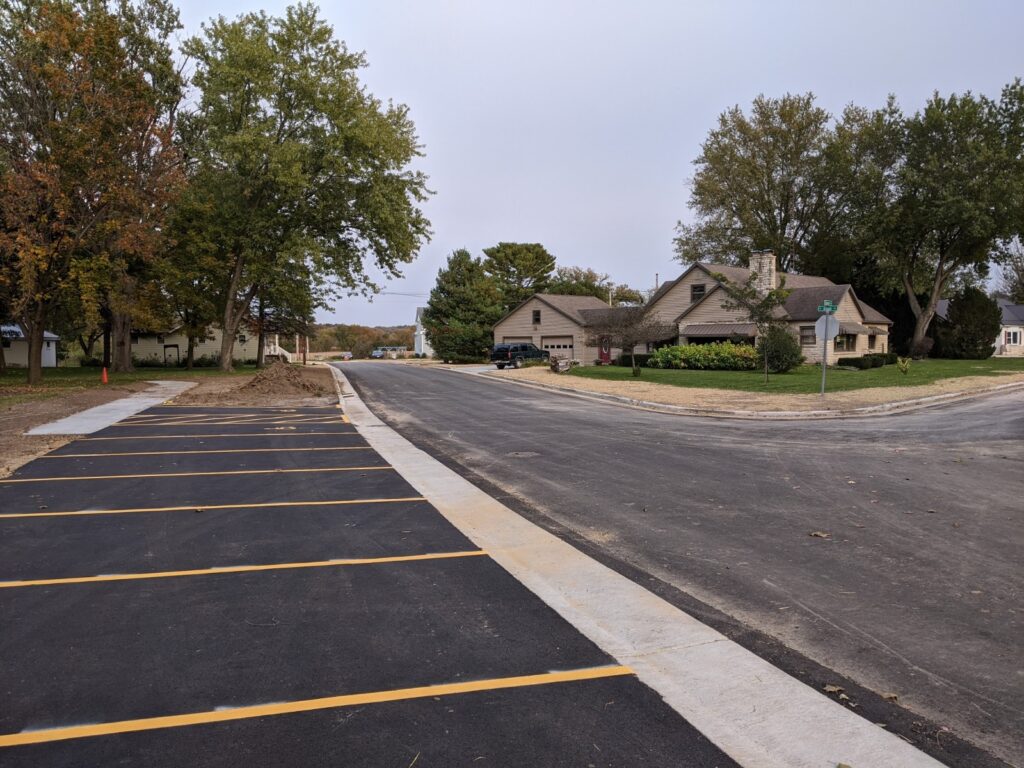
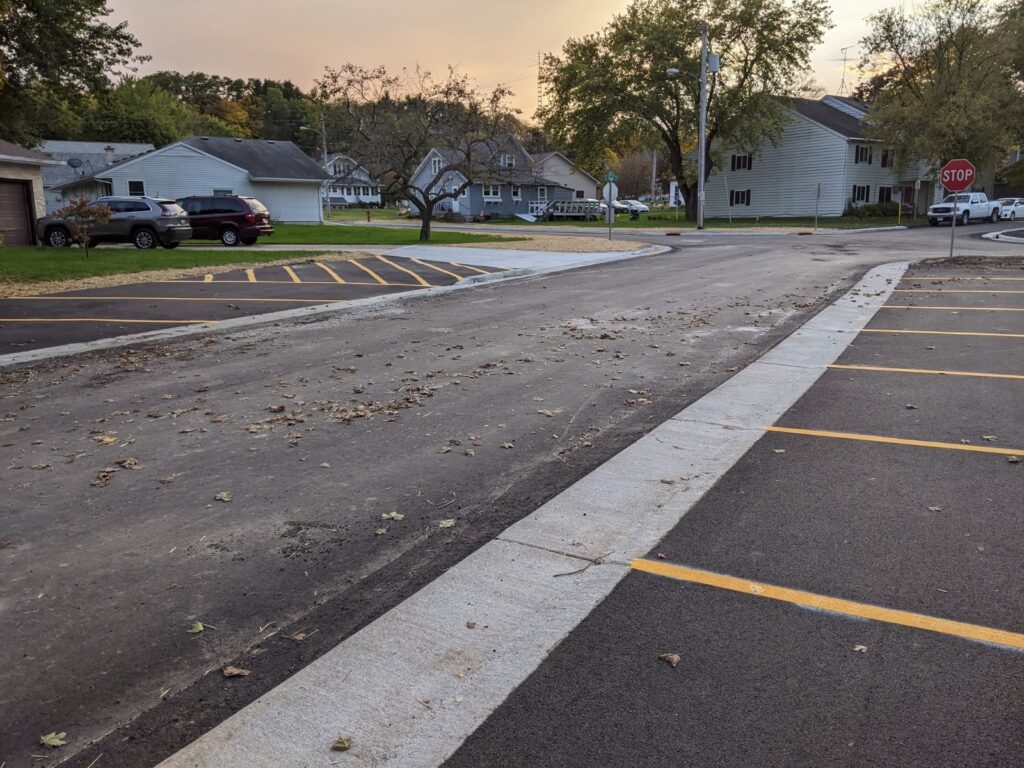
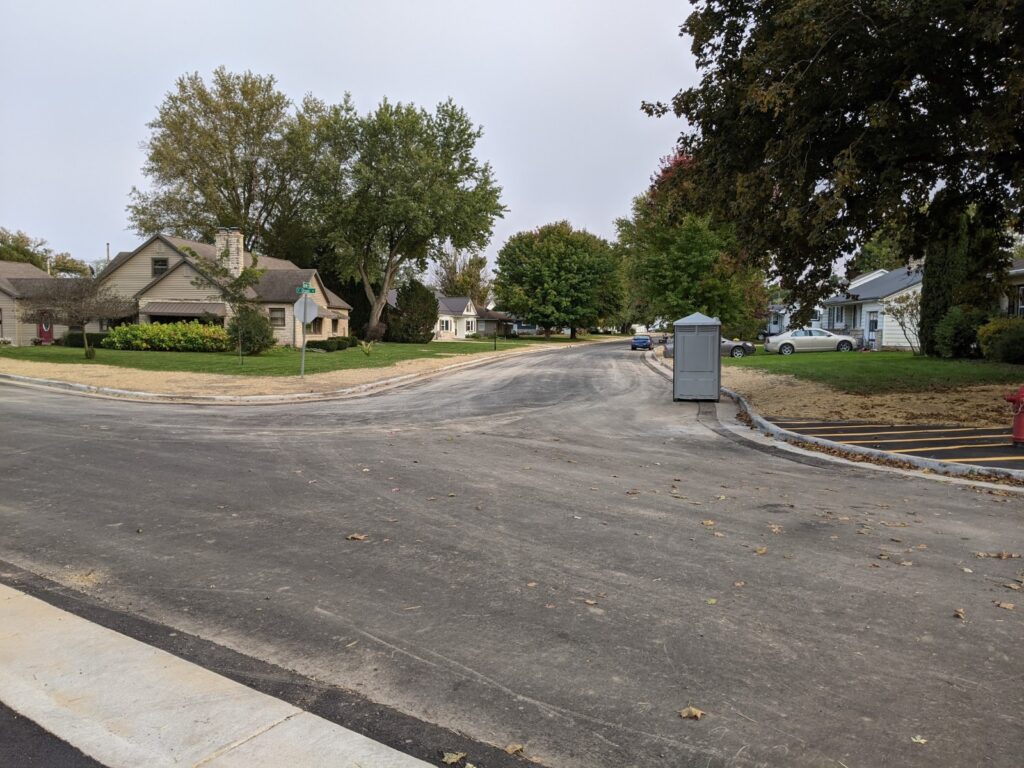
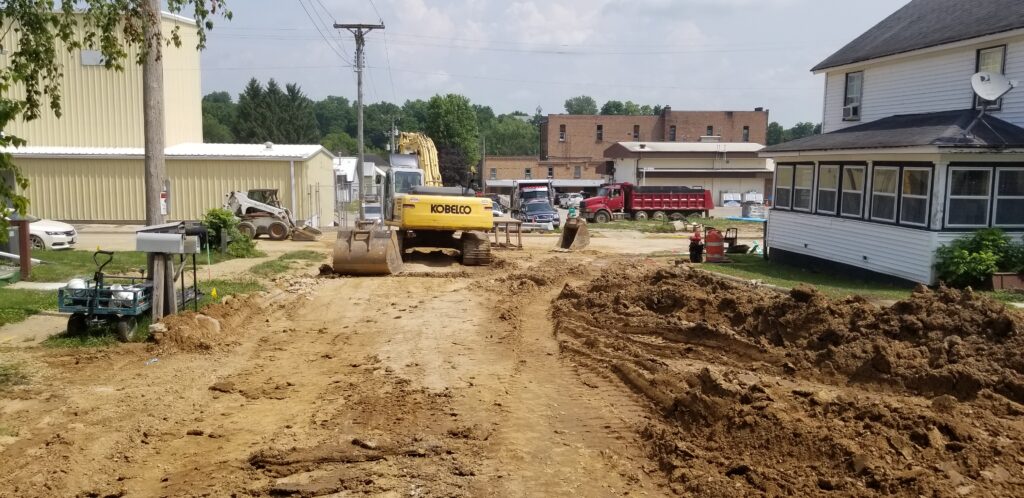



Communities of all sizes grapple with maintaining and replacing antiquated infrastructure, above and below the ground. However, the task is doubtlessly more challenging for smaller, rural communities. More and more, local officials need to be dogged, flexible, and creative to secure the necessary funding.
“Getting this project done is a huge accomplishment for the Village,” concluded Barnes.
